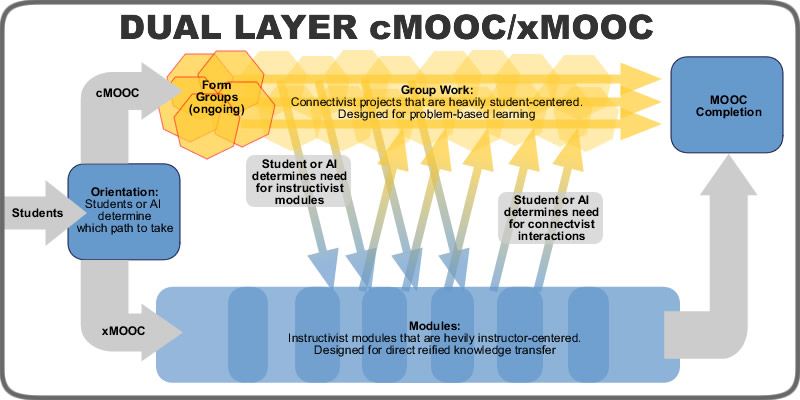
One of the main questions I get asked about Learning Pathways design is “how do learners map their own pathways?” There really is no one tool that does everything that is needed (yet), so I have been considering how to use various tools combined to allow learners to self-map their own pathway, collect artifacts that demonstrate how they moved through their pathway, and then reflected on the choices that they made. This blog post explores at least one idea I have for that using Storify and Hypothes.is. This is just one idea I have – there are many other ways to do this. Maybe someday there will be a tool to make all of this easier. Until then, DIY options like this will work just fine.

